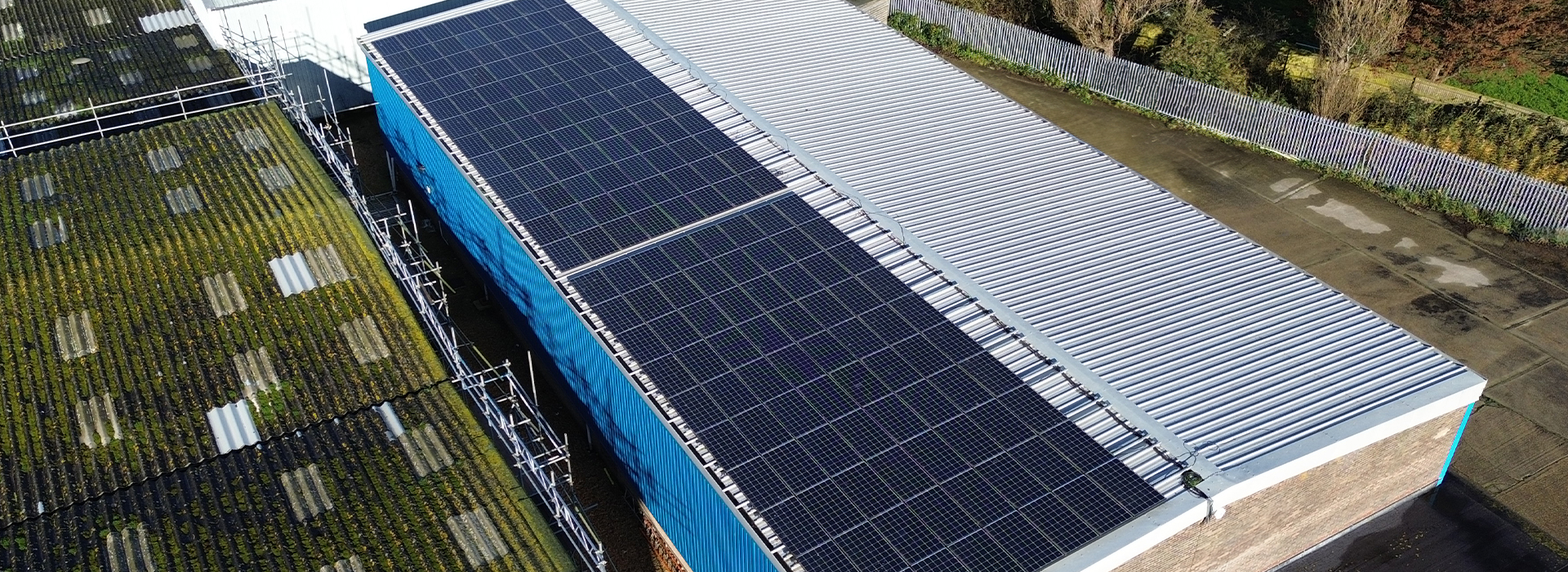Working at height, whether in industrial or commercial settings, poses significant risks if not managed properly. In the UK, strict regulations are in place to ensure the safety of workers who are exposed to such hazards. From legal requirements to proper equipment usage, here are essential tips and things to keep in mind to maintain safety when working at heights.
Introduction
Ensuring safety when working at heights is paramount to prevent accidents and injuries. Whether it’s construction, maintenance, or any other task requiring elevation, understanding the risks involved is crucial.
Understanding the Risks
Statistics reveal that a significant number of workplace accidents in the UK are related to working at heights. Falls from height remain one of the leading causes of fatalities and serious injuries. Common causes include unstable work surfaces, inadequate safety equipment, and human error.
Legal Requirements and Regulations
In the UK, the Work at Height Regulations 2005 impose duties on employers and employees to ensure safe working practices. Employers must assess risks, provide appropriate equipment, and ensure workers are adequately trained. Employees, on the other hand, must follow safety procedures and use equipment correctly.
Equipment and Training
Proper equipment is essential for working at heights. This includes harnesses, ladders, scaffolding, and access platforms. Employers must provide training to workers on the safe use of equipment and how to perform tasks at heights safely.
Risk Assessment
Before starting any work at height, a thorough risk assessment must be conducted. This involves identifying potential hazards, such as fragile surfaces or overhead obstructions, and implementing control measures to mitigate risks.
Fall Protection Systems
Various fall protection systems are available, including guardrails, safety nets, and personal fall arrest systems. Employers must ensure the correct selection, installation, and maintenance of these systems to provide effective protection.
Regular Inspections and Maintenance
Regular inspections of equipment and structures are essential to identify any defects or signs of wear. Employers should establish a schedule for maintenance checks and ensure that any issues are addressed promptly.
Emergency Procedures
In the event of an emergency, such as a fall or injury, clear protocols must be in place. This includes first aid procedures, rescue plans, and communication methods to alert emergency services.
Communication and Supervision
Effective communication between workers, supervisors, and other stakeholders is vital for maintaining safety standards. Supervisors play a crucial role in overseeing work at height activities and ensuring adherence to safety procedures.
Weather Conditions
Weather conditions can significantly impact the safety of working at heights. Adverse weather, such as strong winds or heavy rain, can increase the risk of accidents. Workers must be aware of weather forecasts and take appropriate precautions.
Personal Protective Equipment (PPE)
Appropriate PPE, such as helmets, gloves, and non-slip footwear, must be worn when working at heights. Employers are responsible for providing suitable PPE and ensuring it is correctly fitted and maintained.
Behavioral Safety
Promoting a culture of safety is essential for preventing accidents. This involves encouraging responsible behavior among workers and fostering a supportive environment where safety is prioritised.
Training and Awareness Programs
Continuous education and training are essential for keeping workers informed about safety practices and procedures. Regular awareness programs can help reinforce the importance of working safely at heights.
Reporting Incidents and Near Misses
All incidents, including near misses, must be reported and investigated to prevent future accidents. Learning from these incidents can help identify areas for improvement and enhance safety measures.
Conclusion
Safety should always be the top priority when working at heights in the UK. By understanding the risks, complying with regulations, and implementing proper safety measures, employers can create a safer working environment for their employees.



